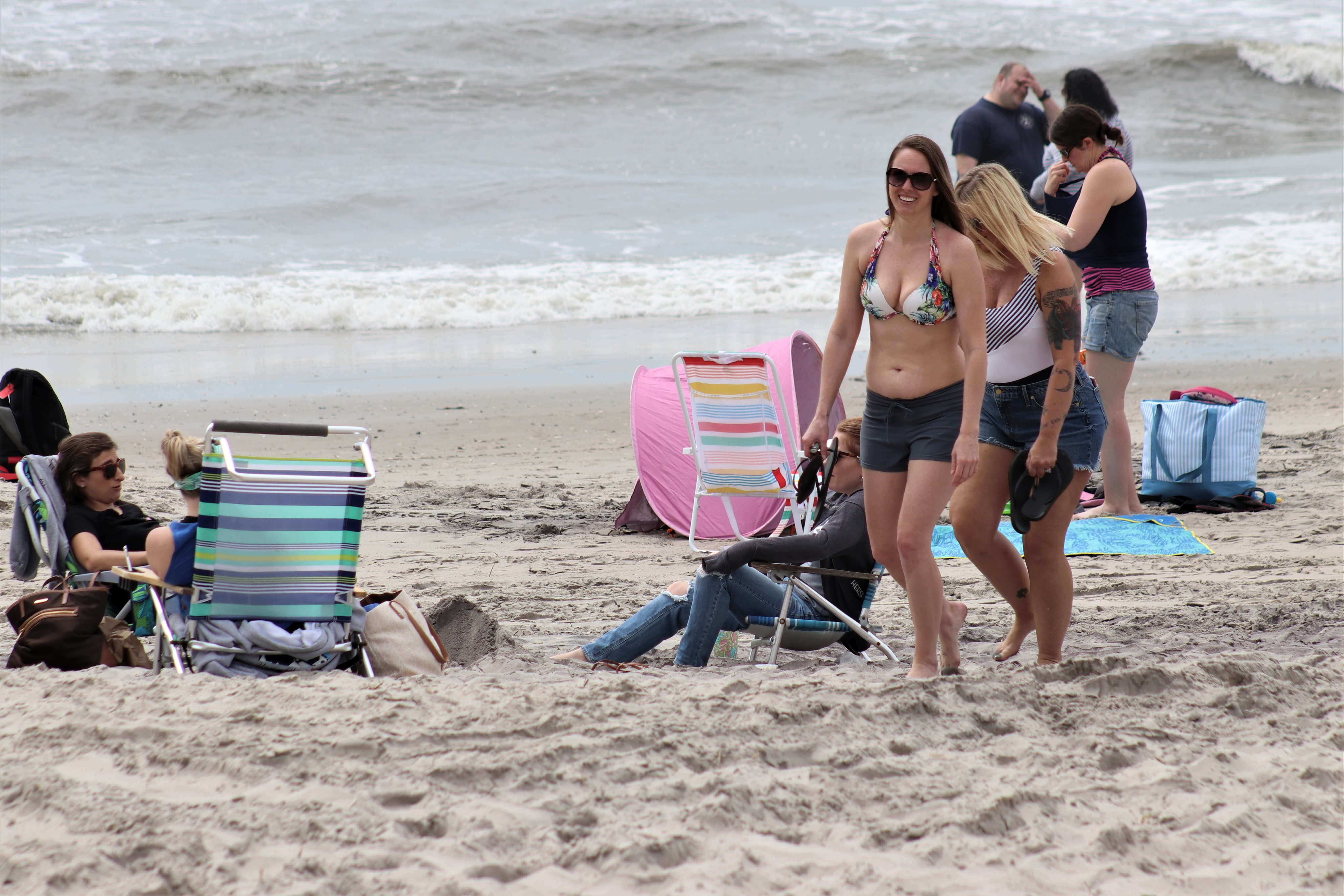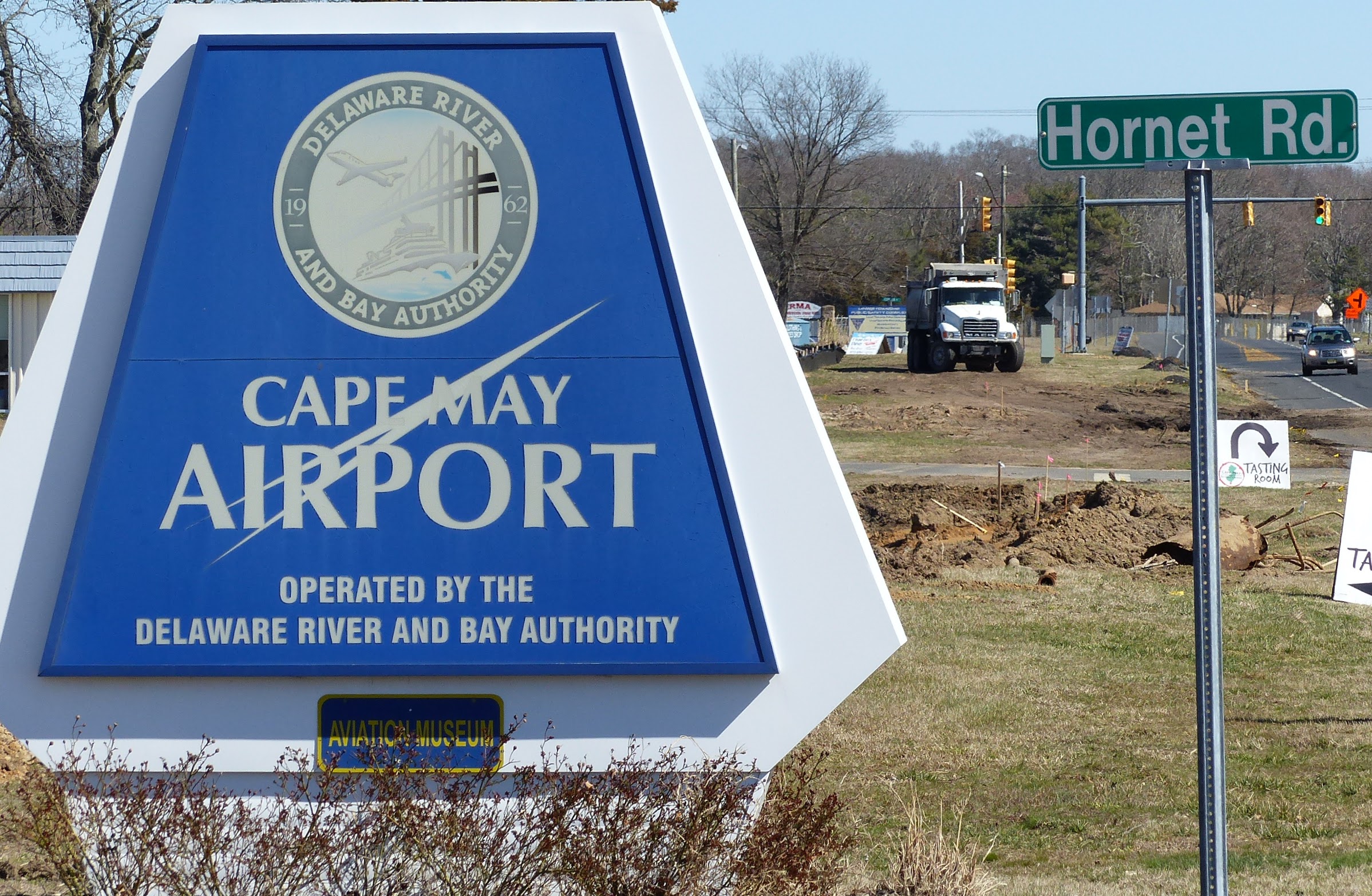To access the Herald’s local coronavirus/COVID-19 coverage, click here.
It may seem like years ago, but it’s been only months since spring break revelers made national headlines when they packed Florida beaches and bars in late March, despite growing warnings of the dangers of contracting and spreading the coronavirus.
Two weeks after that, X-Mode Social and Tectonix GEO teamed up to prepare and release a striking video, showing the phones gathered on a single Florida beach as dots of light, and then showing those dots spread out as a web of light across much of the nation.
The level of interconnection was already apparent, as a viral disease first reported in a provincial capital in central China late last year spread around the world within months. COVID-19, the disease caused by the new virus, has sickened millions and killed an estimated 360,000 globally. In the U.S., the number of reported deaths recently surpassed the grim milestone of 100,000.
Here was a graphic representation of the connections, forged by easy travel, showing how a chance meeting in Florida could quickly impact lives in New York, Chicago, Des Moines and Saint Paul.
The companies said the phone data was collected anonymously. They could track where the phone went, but not who carried it, but could the level of technology that helped carry the virus around the world also help to contain it?
Working on it
The publication Medical News Today recently reported that Harvard Medical School and other institutions have seen promising results with a DNA vaccine for the virus in tests on Rhesus monkeys, and new treatments for the disease are in the works, including using plasma from patients recovering from the disease to help those infected.
Worldwide, medical researchers are scrambling to address a disease that, as far as anyone knows, did not exist in human beings a year ago.
Some see hope in computer technology, including the rapidly evolving field of artificial intelligence. According to the web-based publication STAT, hospitals already use AI to help screen and triage patients and identify those most at risk.
Face scans are being used to quickly check temperatures without contact.
In March, national media reported that the Trump administration entered discussions with tech leaders, including Facebook and Google, about ways to use cellphone location data to track the spread of the virus.
Old Fashioned Phone Calls
In Cape May County, much of the work in tracing the points of contact for COVID-19 patients is decidedly old fashioned: Calling people and asking them questions.
There are contract tracing apps in existence, said Mary Tighe, the assistant director of public health nursing for Cape May County, but they are not in use at the local level.
“We’re all just on the phone,” she said.
There are eight people, both nurses and others who have been trained by nurses, who handle contact tracing for the county.
Tighe described contact tracing as one of the best available tools for containing COVID-19. When a patient in the county is diagnosed, the contact tracing team looks back at all contact the patient had with other people over the past 48 hours.
Contact means they were closer than 6 feet for longer than 10 minutes, Tighe said. Usually, it’s people the patient works with, lives with or a friend or relative they shared a meal with. Someone the patient walked by at the grocery or passed while walking their dog would not be contacted, she said.
“Just passing someone on the sidewalk, on the boardwalk, that’s not considered contact,” Tighe said.
The team has someone on 24/7, she said. The members get contact numbers and other information and call each person, letting them know that they have been in contact with someone who is positive for the virus.
Contributing to the extraordinary spread of the disease, according to most health experts, is that people can spread the virus without showing any symptoms. Because of health care privacy rules, the people contacted are not told the identity of the patient, but Tighe said they often already know if the contact is a friend or coworker.
The patient has often already reached out, she said.
“If they’re not sick, then we’re telling them to isolate for 14 days, to self-isolate and self-monitor,” she said. They do not recommend immediate testing.
If someone was at a barbecue on Memorial Day and tested positive the next day, the person who was in contact may not begin to show any signs of the virus for days to come.
At first, Tighe said, many patients were reluctant to offer much information.
“Now they understand we just want to give people a heads up and watch for symptoms,” she said.
Other Uses of Technology
Of course, even a telephone call was remarkable technology in the early 20th century. Digital technology is now so ubiquitous as to be almost as innocuous as was a phone on a kitchen wall in decades past.
Tighe said her department relies on multiple systems, including using a video meeting system to allow communication with the mayors, emergency managers, county government and others in a time when they cannot gather in a conference room.
That includes weekly meetings at which stakeholders throughout the county get updates on the local numbers.
The county tracks those numbers by use of a spreadsheet, which forms the basis of the regular updates sent to local media outlets and posted to the county’s website. That includes a breakdown by town, a listing of how many active cases there are, how many people have recovered and those who have died. The county also lists the cases in permanent care homes separately.
“We try to be as transparent as possible while keeping individual information private,” she said.
Local health officials also report the data to the state Department of Health through a web-based system called CDRSS, or the Communicable Disease Reporting and Surveillance System.
“This is not a new system. This has been around for years and years,” she said. It is used to report outbreaks of hepatitis and many other communicable diseases. “Certainly COVID is front and center right now.”
Privacy and the New Normal
The available social contact tracing apps have a limitation, Tighe said. For them to be useful, people would have to download them on their phones.
Whenever two smartphones get near each other, they exchange information. In some cases, that information becomes available to the users, through some social connection apps or file-sharing services. Allowing location services and other systems on your device increases how much information your phone distributes, but an application that traced each person would require both parties to accept sharing that information unless through government intervention they become required. That might meet determined resistance in the current political climate.
“You have conspiracy theories, people who are hesitant about Big Brother,” Tighe said. “I don’t know if the government would at some point mandate a system.”
What Happens Next
Anyone who has visited a doctor in the past decade has seen that medical records are not kept they way once were. In addition to devices and systems that look inside our bodies and measure our heartbeats and oxygen levels, our entire medical histories are now stored digitally, ready to be called up by our doctors and nurses.
A recent piece in the publication “Wired,” bluntly headlined “Why Didn’t Artificial Intelligence Save Us From COVID-19?” delved into some of the cutting edge efforts to use AI to diagnose and treat the disease, along with some medical professional skeptics who do now want to see that route pursued at the expense of more established methods with a good track record.
A report in the journal FPF.org sees roles for AI and machine learning in tracking data on who has the disease and better prediction who will have it next. Machines can do some things far faster than humans, and in some cases can do things that are impossible for any human.
The report also raises ethical concerns, questioning the role of AI in life-or-death decisions.
The White House Office of Science and Technology Policy has launched the COVID-19 High-Performance Computer Consortium, with a mandate to look at these issues and launch projects related to the virus. It includes members from industry, academia and federal agencies.
To contact Bill Barlow, email bbarlow@cmcherald.com.








